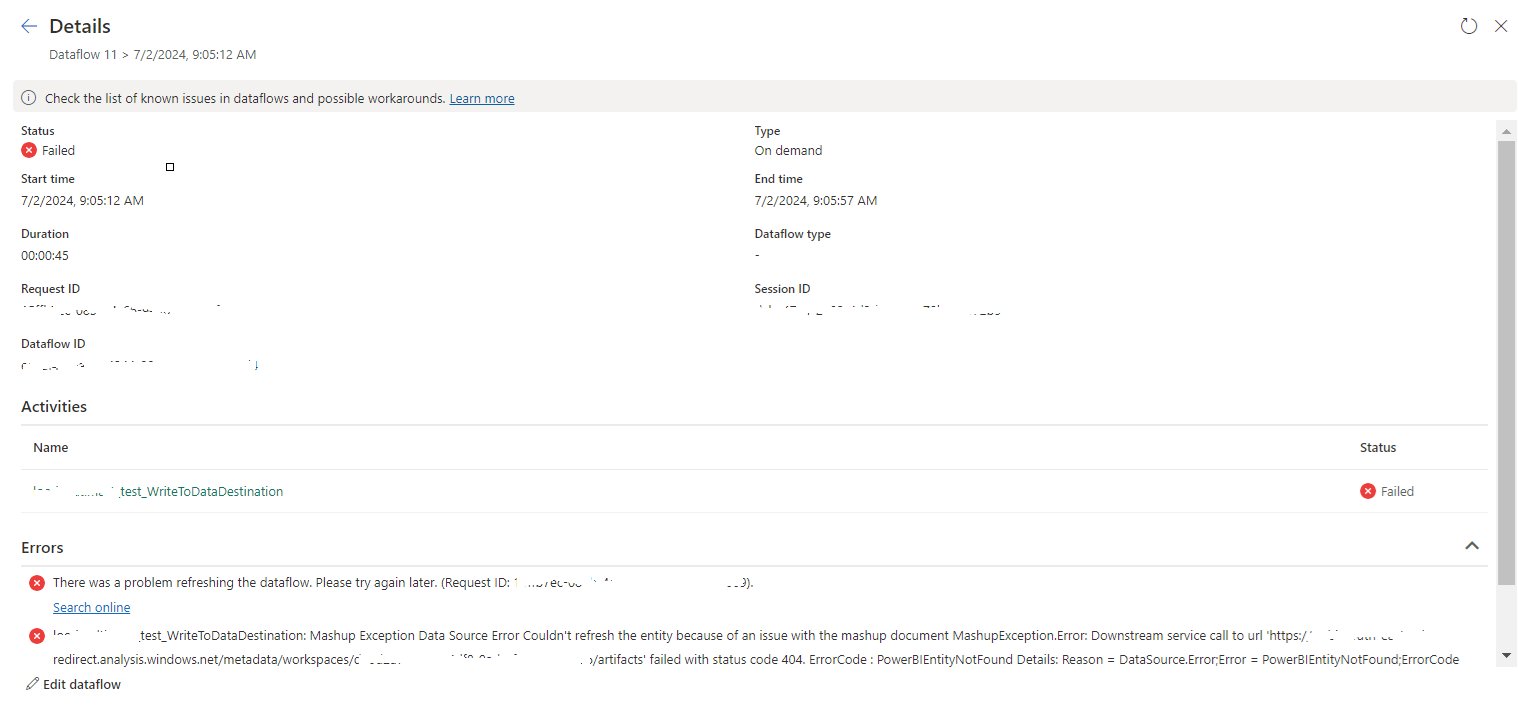Azure Synapse Analytics offers several data ingestion methods and tools to facilitate the process of bringing data into your Synapse Analytics workspace. Here are some of the key data ingestion methods related to Azure Synapse Analytics:
- Azure
Data Factory:
- Definition:
Azure Data Factory is a cloud-based ETL (Extract, Transform, Load)
service that allows you to create, schedule, and automate data pipelines.
It supports data movement and transformation from various sources to
Azure Synapse Analytics.
- Use
Cases: Ingesting data from on-premises databases, cloud services, and
various data stores into Synapse Analytics.
- Integration:
Azure Data Factory provides built-in connectors to Azure services and
supports custom data connectors.
- Advantages:
Scalability, workflow orchestration, data transformation capabilities,
and integration with Azure services.
- Azure
Data Factory Data Flows:
- Definition:
Azure Data Factory Data Flows is a visual data transformation feature
within Azure Data Factory. It allows you to build data transformation
logic using a low-code/no-code approach, making it easier to prepare data
for ingestion.
- Use
Cases: Data cleansing, enrichment, and transformation before
ingesting into Synapse Analytics.
- Integration:
Seamlessly integrates with Azure Data Factory pipelines.
- Advantages:
Simplified data transformation, graphical interface, and integration with
other Azure services.
- Azure
Logic Apps:
- Definition:
Azure Logic Apps is a cloud-based workflow automation platform that
enables you to create workflows to connect and integrate data and
services from various sources, including external APIs and applications.
- Use
Cases: Triggering data ingestion based on events or conditions,
integrating with external data sources.
- Integration:
Connects to a wide range of services and systems, including Synapse
Analytics.
- Advantages:
Workflow automation, event-driven data ingestion, and support for
external integrations.
- Azure
Blob Storage and Azure Data Lake Storage Gen2:
- Definition:
Azure Blob Storage and Azure Data Lake Storage Gen2 are cloud storage
solutions that can be used for storing raw data files. These storage
solutions can serve as landing zones for data before processing and
ingestion into Synapse Analytics.
- Use
Cases: Storing data files from various sources before ETL processing.
- Integration:
Native integration with Synapse Analytics.
- Advantages:
Scalable storage, cost-effectiveness, and compatibility with various data
formats.
- PolyBase:
- Definition:
PolyBase is a feature within Azure Synapse Analytics that allows you to
query and import data from external sources such as Azure Blob Storage,
Azure Data Lake Storage, and on-premises SQL Server databases.
- Use
Cases: Querying and importing data from external data sources
directly into Synapse Analytics.
- Integration:
Built-in feature of Synapse Analytics.
- Advantages:
Direct querying and importing of external data, reducing the need for
complex ETL processes.
- Azure
Data Share:
- Definition:
Azure Data Share is a service that allows you to share data between Azure
services and with external organizations securely. You can use it to
share data from your Synapse Analytics workspace with other Azure users
or tenants.
- Use
Cases: Sharing data with collaborators, partners, or other Azure
services.
- Integration:
Integration with Azure Synapse Analytics for data sharing.
- Advantages:
Secure data sharing, control over data access, and collaboration
capabilities.
These data ingestion methods provide a range of options for
bringing data into Azure Synapse Analytics, depending on your specific needs
and the source of your data. You can choose the method that best fits your data
integration requirements and workflow.


No comments:
Post a Comment